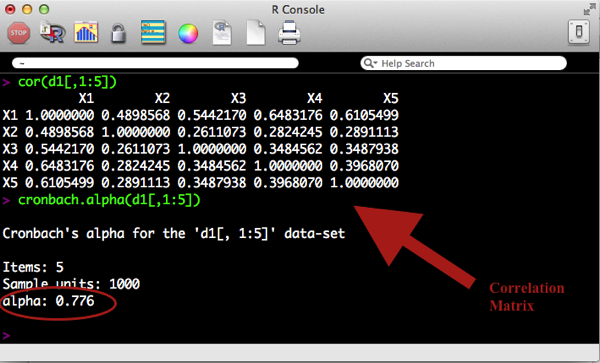Internal consistency refers to the general agreement between multiple items (often likert scale items) that make-up a composite score of a survey measurement of a given construct. This agreement is generally measured by the correlation between items.
For example, a survey measure of depression may include many questions that each measure various aspects of depression, such as:
Read More

